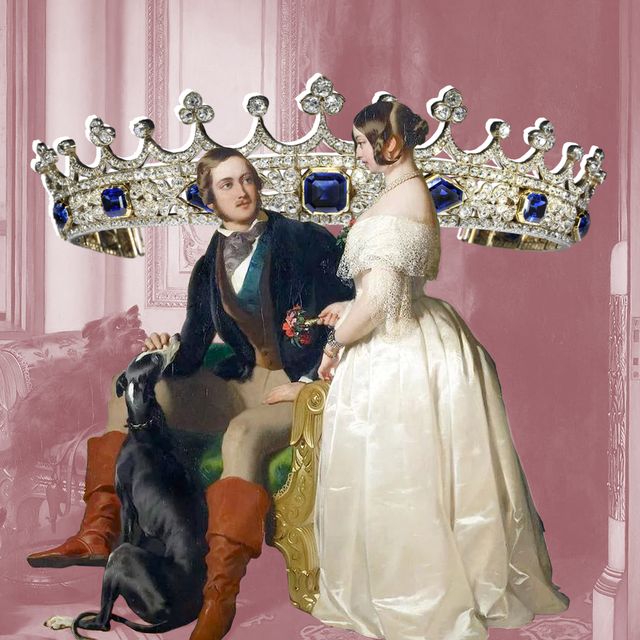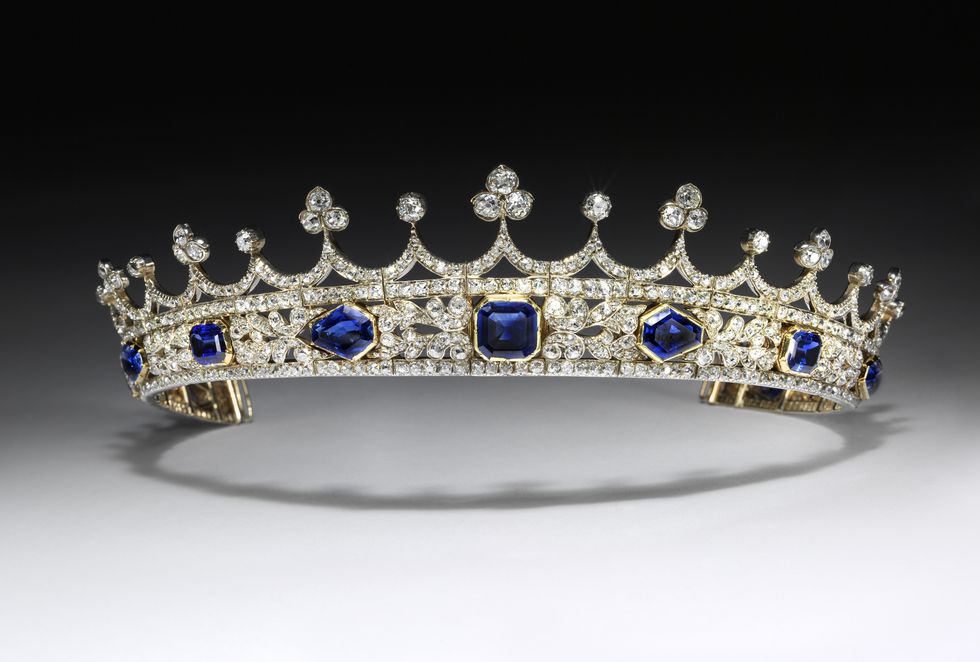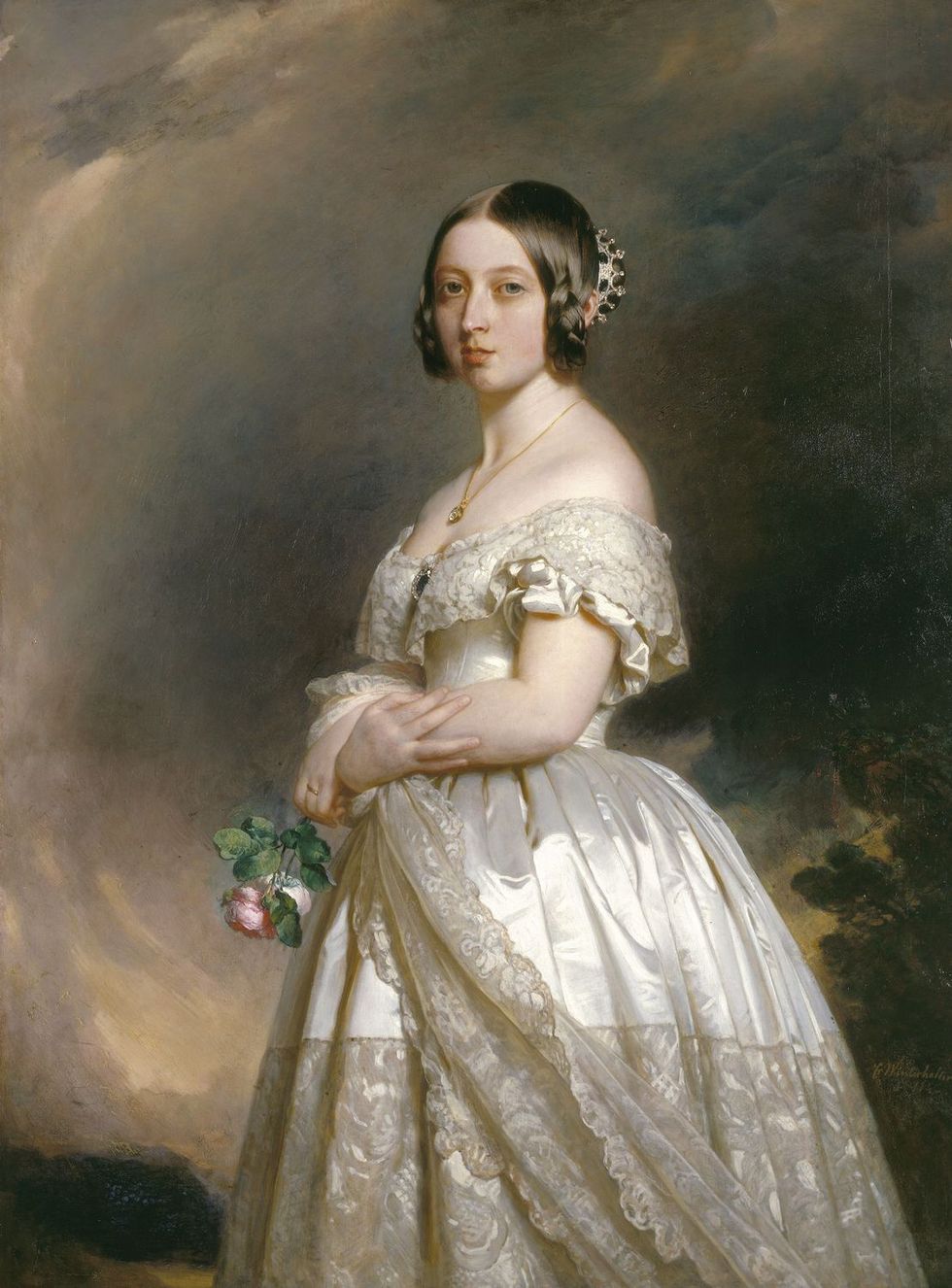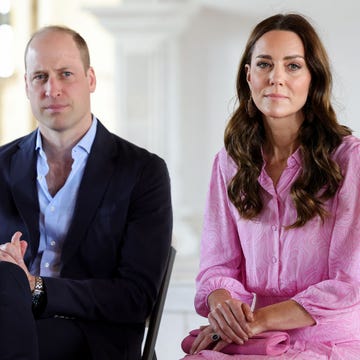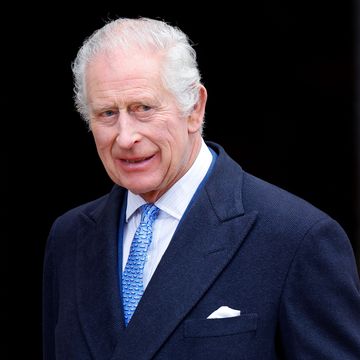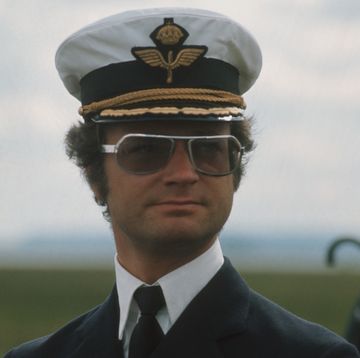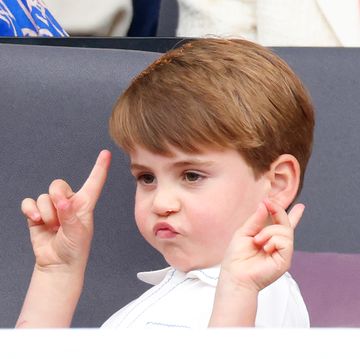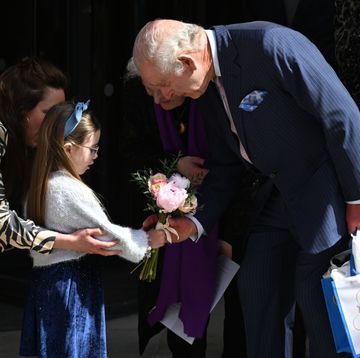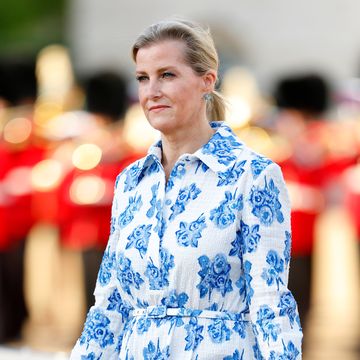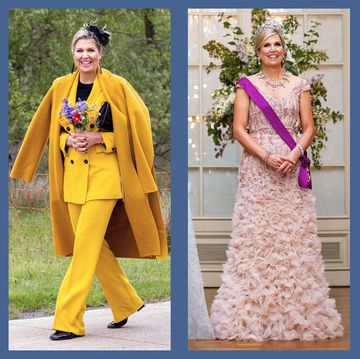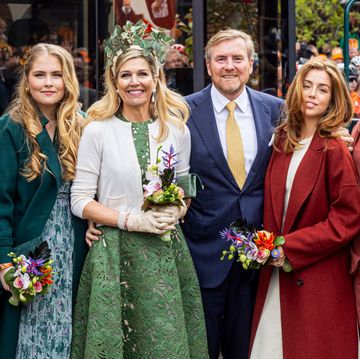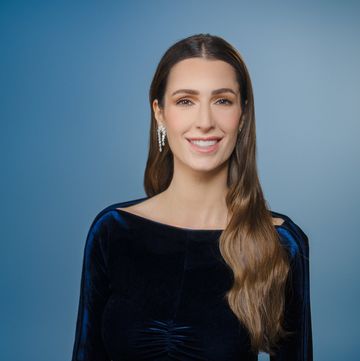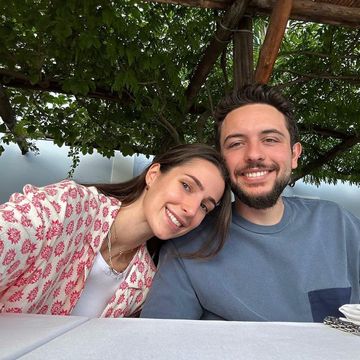A sapphire and diamond coronet Prince Albert designed for his wife Queen Victoria in 1840, the year they were married, will go on display at the new Victoria & Albert Museum jewelry galleries on April 12—but just three years ago, the historic piece almost disappeared from England forever.
In 2016, the coronet was sold to a foreign buyer for $6.5 million. When the buyer applied for an export license, uproar ensued, and an export ban was imposed. A search began for a UK buyer that could match the asking price. It took a year for an Irish American hedge fun billionaire to appear. His name was William Bollinger. The new V&A jewelry gallery is named in his honor.
Why such a concerted national effort to keep the coronet in the country? A member of the committee that issued the ban told the press at the time that the coronet’s "departure would be a great loss, given its beauty, its associations and history." It is certainly beautiful, with eleven sapphires set in gold and diamonds set in silver. Its design, too, is of note, described in books as a “small flexible tiara in the Gothic taste.”
But its “associations and place in history” are surely what drove the cause. Queen Victoria famously wore it in a portrait by Franz Xaver Winterhalter. In the painting its flexibility came in handy—the coronet is in an unexpected position, circling her chignon.
Perhaps more importantly it is the jewel Albert designed for her the year they were married, and the one she chose to wear on top of her widow’s cap for the State Opening of Parliament after Albert’s death. It was her first appearance after he died, and one of the few times she wore colored stones as a widow. Queen Victoria’s “mourning jewelry,” largely designed from black jet, set off an international trend.
Theirs, as is clear, was a true love story, often expressed in jewels. The coronet is a national symbol of that devotion.
“She had a womanly soft spot in her heart for the jewels Albert chose for her,” says jewelry historian Diana Singer. “It had a special place in her heart. It was not just a queenly gift but a gift from husband to wife. The stones are Albert’s favorite color blue. I always think of it as one of the most publicly intimate of pieces. Their secret together.”
The coronet, however historically significant, is a personal, not a Crown jewel, and so when Victoria died it began its path through her descendants. Princess Mary was photographed wearing it, although in a more modern bandeau style, and in 1992 at the wedding of the 7th Earl of Harewood’s son, the lucky bride wore the coronet.
In 1997 the family of the Earl of Harewood loaned the piece to Wartski, the famed London gallery that also created Charles and Camilla’s gold wedding bands.
After that, accounts vary. The coronet was photographed at various events and did go on display internationally. It remains unclear who sold it to the foreign buyer. But luckily thanks to the William Bollinger—and $6 million—the coronet remains in England. And Victoria and Albert's love story—and his exquisite taste in jewelry—remain proudly on display in the museum that is, in itself, a tribute to them both.

Editor-in-Chief Stellene Volandes is a jewelry expert, and the author of Jeweler: Masters and Mavericks of Modern Design (Rizzoli).
